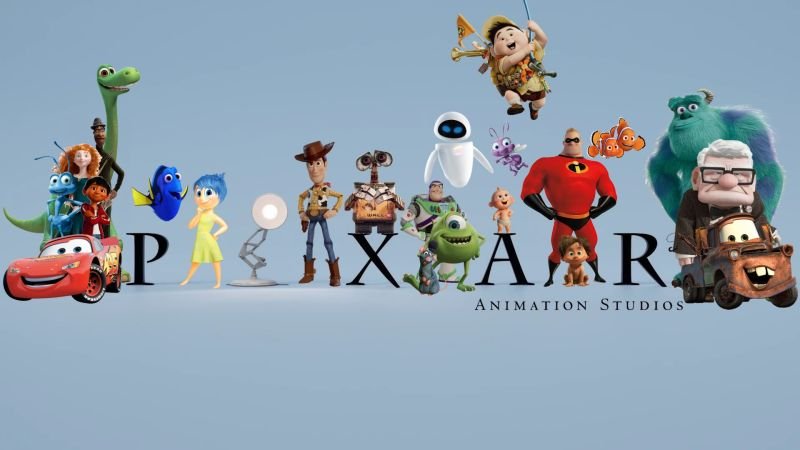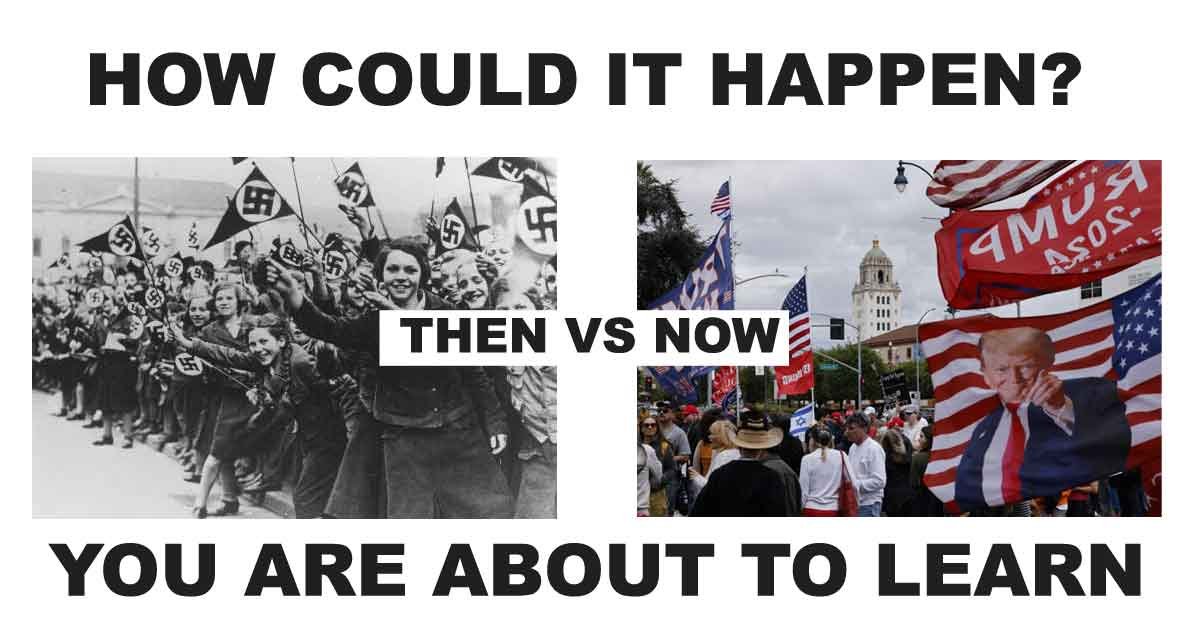Monsters, Inc., the 2001 animated film by Pixar, is a heartwarming story that takes place in a world where monsters scare children to generate energy. The film primarily follows the characters Mike Wazowski and James P. “Sulley” Sullivan, who work at the titular company, which harvests scream energy from children. However, when analyzed through a psychoanalytic lens, the movie presents a number of themes and ideas that, if intended for brainwashing, could be used to subtly shape attitudes and behaviors in certain directions. Below is an analysis of the key points in Monsters, Inc. that could be used for brainwashing, along with their possible psychological effects:
1. The Power of Fear and Its Manipulation
- In the world of Monsters, Inc., fear is portrayed as a powerful and essential resource. The monsters’ job is to scare children in order to harvest their screams, which fuel their society. Over time, this system becomes entrenched, and fear becomes the primary means of energy production.
- Psychological effect: This creates a mindset where fear is seen as both necessary and natural. In a brainwashing context, this could reinforce the idea that fear is a legitimate and vital tool for societal control. The narrative might condition viewers to accept that certain fear-driven systems are essential for survival, pushing people to accept fear-based authority structures, whether in politics, corporations, or social dynamics.
- Movies with similar themes:
- Monsters, Inc. (Fear as a resource and societal tool).
- The Incredibles (Fear-driven behavior, especially concerning superpowers).
2. Questioning and Challenging the Status Quo
- Throughout the film, Sulley and Mike question the traditional methods of generating power in their society, particularly as they begin to realize that laughter—rather than fear—can be an even more powerful energy source. This idea leads to the eventual shift from scaring children to making them laugh.
- Psychological effect: The theme of questioning authority and challenging the status quo could lead individuals to believe that societal norms or systems are often flawed and need to be reevaluated. In a brainwashing context, this could inspire individuals to question existing systems of control (e.g., government, societal structures, economic systems), while simultaneously leading them to believe that a new, potentially more “humane” system is the answer, especially one that may still be controlled or regulated by an elite group (like the “laugh” industry in the movie).
- Movies with similar themes:
- Monsters, Inc. (Revolutionizing energy production from fear to laughter).
- WALL-E (Challenging the consumer-driven, wasteful status quo).
3. The Corruption of Systems and Institutions
- The film presents the idea that the systems which appear to serve the public good (such as Monsters, Inc.) are actually built on exploitation and corruption. The monsters are forced to follow strict, outdated methods to harvest fear, and their leaders are shown to be complicit in this exploitation.
- Psychological effect: This can instill a deep skepticism about institutions, especially those that seem to serve a public or collective function. In a brainwashing context, this could foster a worldview where institutions are viewed as inherently corrupt and exploitative, encouraging people to be suspicious or distrustful of any collective societal structures. This message could lead individuals to feel helpless or distrustful of large organizations, pushing them toward radical or countercultural ideologies that claim to offer an alternative.
- Movies with similar themes:
- Monsters, Inc. (The exploitation of children’s fear for energy).
- Zootopia (Corruption within law enforcement and societal systems).
4. The Role of the Outsider and the “Other”
- The movie portrays the character Boo (a human child) as the “other” who disrupts the normal order of the monster world. Boo’s presence in the monster world challenges their preconceptions, particularly because the monsters are told that children are dangerous. As the movie progresses, Boo is revealed to be innocent and kind, suggesting that the monsters’ fear of children was unfounded.
- Psychological effect: This idea can subtly encourage people to view “the other” (whether it be a different race, nationality, or group) as inherently dangerous or misunderstood, but it also hints that their fears might be based on prejudice or misinformation. The message of the film could be interpreted as pushing viewers to accept that “outsiders” or those who challenge the norm are not inherently bad and should be embraced, though this could also be manipulated to encourage a mistrust of conventional wisdom about “outsiders” or societal outcasts.
- Movies with similar themes:
- Monsters, Inc. (The disruption of fear-based beliefs by Boo).
- Shrek (The outsider as a misunderstood hero).
5. The Manipulation of Information and Propaganda
- In Monsters, Inc., the management of the company (represented by characters like Mr. Waternoose) uses propaganda and misinformation to maintain control over the workers and the public. The idea that children’s screams are the only source of energy is maintained by those in power, even though the truth (that laughter is more powerful) is being hidden.
- Psychological effect: This theme could instill the idea that those in power manipulate information to maintain control and prevent the public from discovering the truth. In a brainwashing context, this could make people more likely to question the validity of the information they receive, potentially leading them to conspiracy theories or radical ideologies that promote alternative narratives about how the world works.
- Movies with similar themes:
- Monsters, Inc. (The manipulation of information by the corporate elite).
- The Truman Show (Control of information to maintain a fabricated reality).
6. The Hero’s Journey and the Collective Good
- The protagonists, Sulley and Mike, begin as part of the corporate system that harvests fear, but they eventually transform into heroes by taking a stand to help the children (and society) by promoting laughter as the new energy source. Their journey is one of personal growth, where they go from being part of a corrupt system to challenging it and finding a better way.
- Psychological effect: This could reinforce the idea that individuals, even those who are initially complicit in a flawed system, can evolve and become heroes by making morally upright decisions that benefit the collective good. This might inspire viewers to believe that personal redemption and transformation are possible, and that they too can contribute to society’s improvement. In a brainwashing context, this narrative could manipulate individuals into believing that they must ultimately choose to support the “right” side, as dictated by a higher moral standard, even if it means breaking away from their previous affiliations or beliefs.
- Movies with similar themes:
- Monsters, Inc. (Sulley and Mike’s journey from working in an exploitative system to becoming heroes).
- The Incredibles (The family’s journey toward heroism and collective good).
7. The Role of Innocence and Childlike Wonder
- The character of Boo, a young child, represents innocence, purity, and untainted joy. Her laughter becomes the ultimate source of energy, suggesting that the simple, pure energy of a child’s joy is far more potent than the fear that the system has relied upon for years. The film’s resolution highlights the power of children’s laughter and the importance of retaining innocence.
- Psychological effect: This could encourage the belief that children embody a purer, more powerful form of energy, wisdom, or goodness, while the adult world (and its institutions) is often corrupt or misguided. In a brainwashing context, this could elevate childhood or childlike perspectives as the ideal form of wisdom, pushing a narrative that suggests adults need to return to a simpler, more innocent view of the world. This could make individuals more vulnerable to adopting simplistic or idealistic worldviews without fully engaging with the complexities of reality.
- Movies with similar themes:
- Monsters, Inc. (The power of Boo’s laughter and innocence).
- Peter Pan (The idealization of childhood innocence).
8. The Subversion of Fear and Control
- The movie shifts from portraying fear as a necessary and legitimate tool for energy production to revealing laughter as the more powerful and positive alternative. This subversion of fear as a control mechanism can be seen as a form of social and psychological liberation.
- Psychological effect: This could encourage individuals to view fear as something that can be overcome or subverted, promoting a mindset of resistance to fear-based control. In a brainwashing context, this could imply that the true source of power lies in joy, laughter, and positive emotions, which can be used to manipulate or control others. It might lead people to believe that any system or structure built on fear is inherently flawed and must be replaced by a system of positivity and happiness—one that could be equally controlling, but in a more appealing and “benevolent” way.
- Movies with similar themes:
- Monsters, Inc. (The shift from fear to laughter as energy).
- Inside Out (The emotional spectrum and the manipulation of emotions for well-being).
Conclusion:
While Monsters, Inc. is ultimately a family-friendly film about friendship, redemption, and the power of laughter, it presents several psychological themes that could, if intended for brainwashing, subtly manipulate viewers’ perceptions of fear, authority, and societal systems. The film emphasizes the questioning of existing structures (such as the exploitation of fear), promotes skepticism of authority, idealizes innocence and childlike perspectives, and ultimately suggests that joy and positivity are more powerful than fear and control. These themes could be leveraged to create a society more accepting of change, open to rethinking societal norms, and perhaps more susceptible to new systems of control disguised as “positive” or “benevolent” structures.




